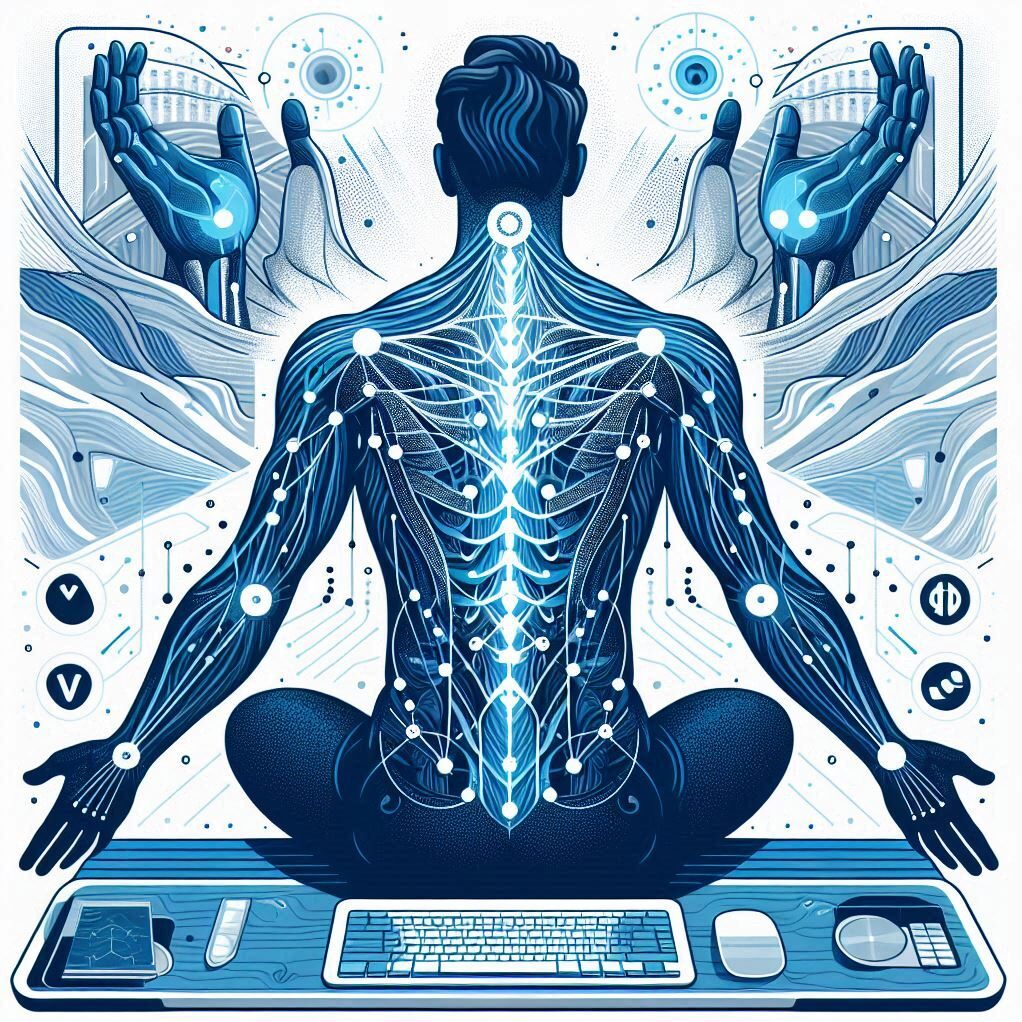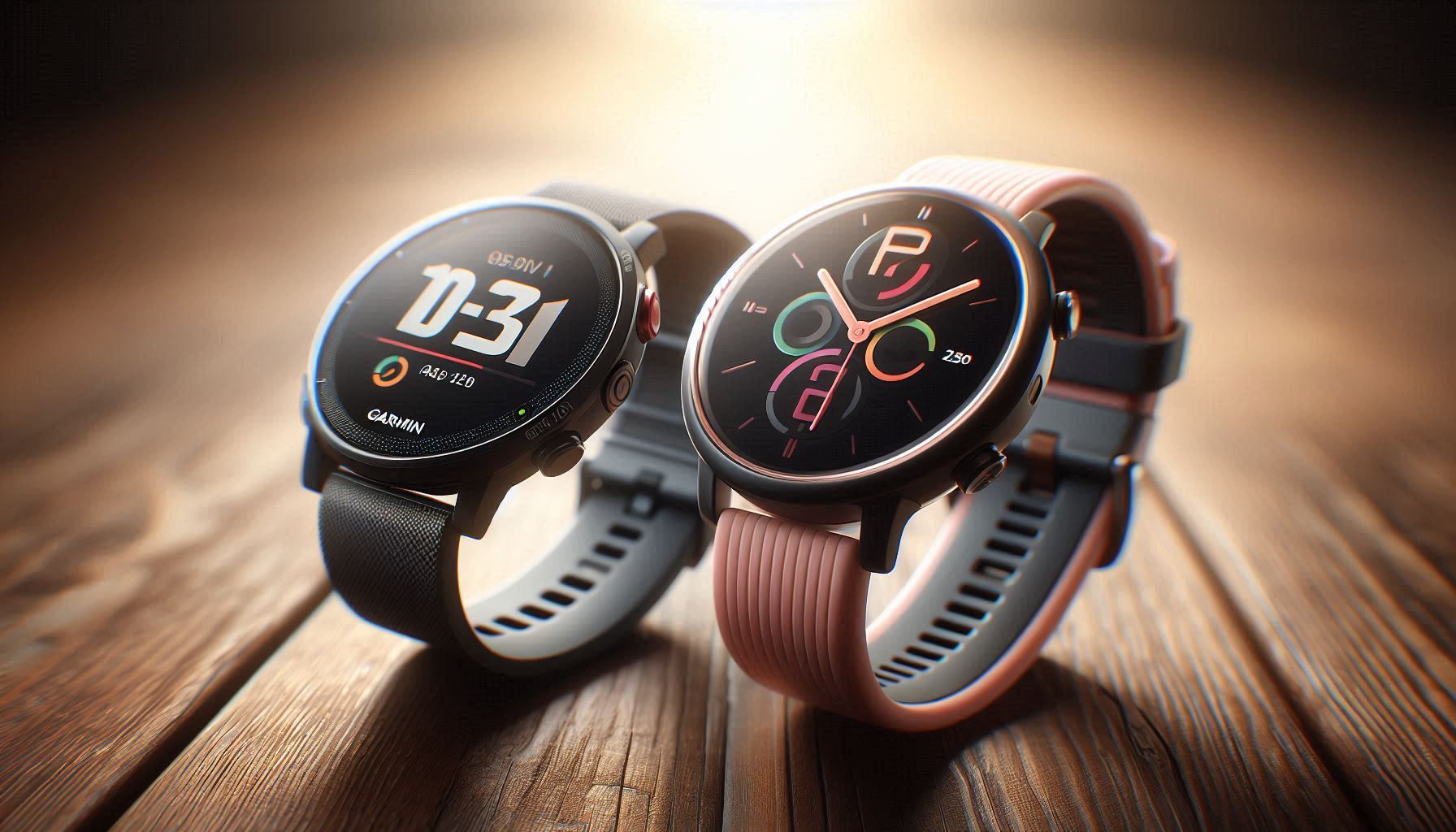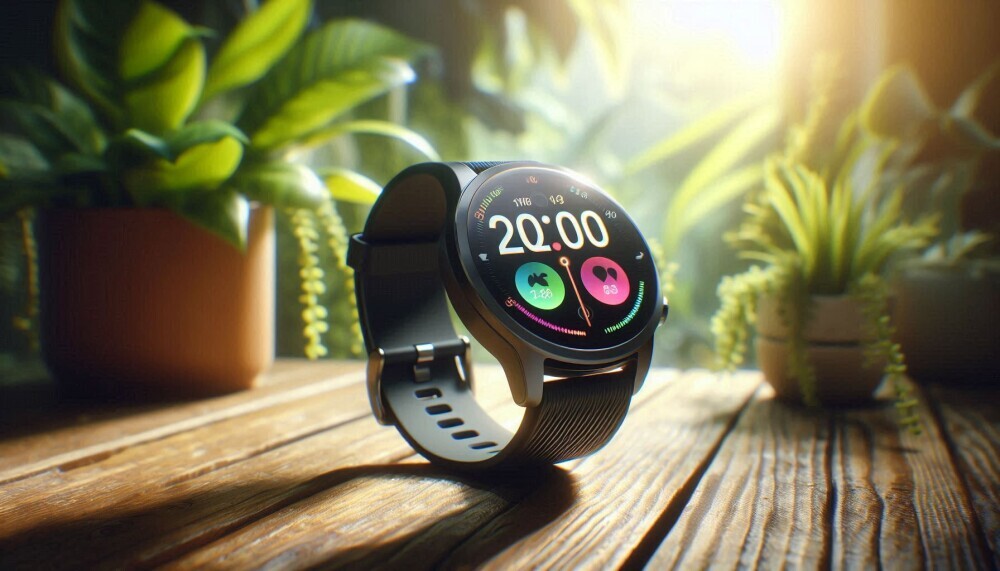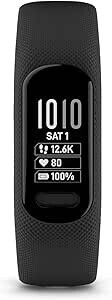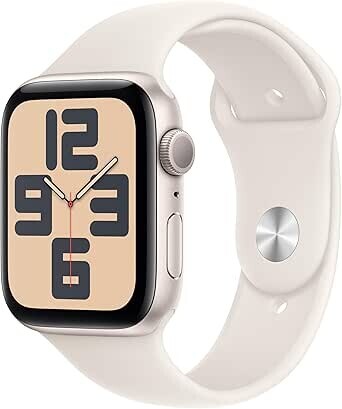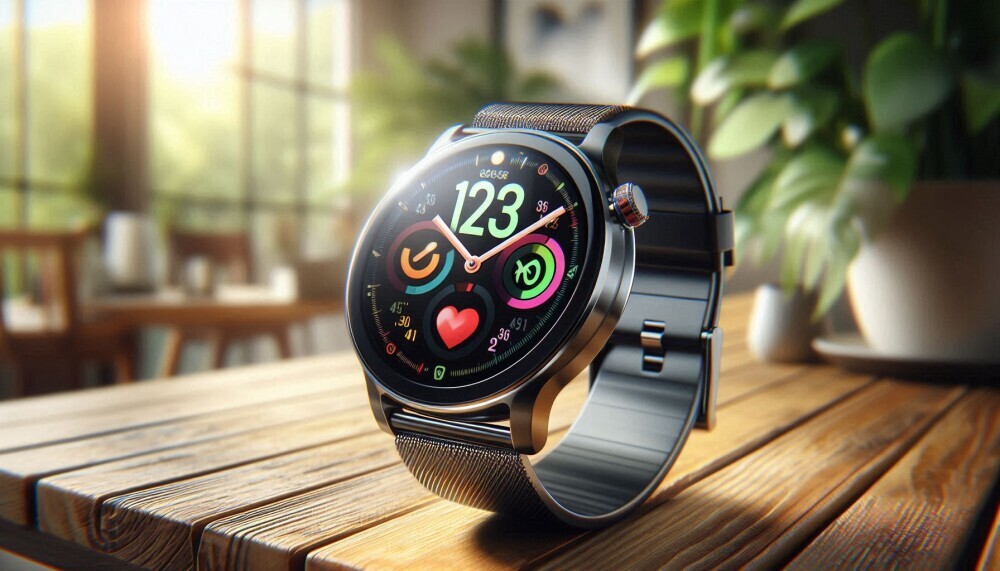Are you a Garmin or Apple Watch user? If you are then this comparison review will be of interest to you. We shall be looking at Garmin vs Apple Watch: Which Tracks Stress Better? Do you suffer from stress? Millions of people are struggling with high stress levels. Tracking stress is one way of monitoring it and keeping it under control. Let’s begin!
Introduction
In today’s hectic world, managing stress isn’t just a wellness trend. It’s a necessity. With mounting pressures from work, family, and social life, people are increasingly turning to wearable technology to help monitor and manage their stress levels. These smart devices, once focused primarily on fitness tracking, have evolved to include sophisticated sensors and algorithms designed to provide insights into physiological and emotional well being. Among the top contenders in this space are Garmin and Apple Watch. Both brands have built reputations for innovation, accuracy, and user friendly design, but which one truly excels at tracking stress?
Garmin and Apple Watch represent two different approaches to wearable health tech. Garmin, traditionally favoured by athletes and outdoor enthusiasts, places a strong emphasis on health metrics and long term wellness tracking. Apple Watch, on the other hand, blends advanced health features with a polished smartwatch experience, appealing to a broader demographic that values integration with the Apple eco system. In this detailed comparison, we’ll explore how each wearable measures and responds to stress. We’ll examine their sensors, algorithms, app interfaces, user experiences, and more to help you determine which device is the better stress management tool for your lifestyle.
Garmin Vs Apple Watch: Which Tracks Stress Better?
How Each Device Measures Stress
Garmin Garmin uses heart rate variability (HRV) to determine stress levels. The HRV data is collected continuously using an optical heart rate sensor and interpreted through proprietary algorithms. Garmin’s stress score ranges from 0 to 100, with higher scores indicating higher stress levels. It distinguishes between physical and emotional stress and incorporates additional metrics like sleep, activity, and recovery to present a holistic view.
Apple Watch Apple takes a more indirect approach to stress monitoring. It doesn’t offer a specific “stress score,” but instead focuses on indicators like HRV (measured through the Breathe app and the Health app), resting heart rate, and mindfulness reminders. The Apple Watch also includes an ECG sensor and SpO2 monitoring, which contribute to understanding overall health and wellness, but stress tracking is not explicitly highlighted as a core function.
Winner: Garmin – Garmin offers a direct, clearly defined stress score and integrates it seamlessly with other health metrics.
Sensors and Technology
Garmin
- Optical heart rate sensor
- Pulse Ox sensor (SpO2)
- HRV monitoring
- Accelerometer and gyroscope
- Sleep and respiration tracking
These sensors work together to provide real time stress tracking, especially when the body is at rest. Garmin’s newer models like the Venu 3, Forerunner 965, and Fenix 7 series offer advanced biosensing features for in depth stress analysis.
Apple Watch
- Optical heart rate sensor
- ECG sensor
- Blood oxygen sensor
- Accelerometer and gyroscope
- HRV measured intermittently through the Health app
While Apple Watch boasts high end sensors, its approach to stress is more passive. It offers suggestions for mindfulness and breathing exercises based on detected irregularities but does not provide continuous stress monitoring.
Winner: Garmin – More sensors working together specifically for stress detection and analysis.
Stress Tracking Features and Insights
Garmin
- Real time stress tracking with colour coded visualizations
- Daily stress score and stress history
- Body Battery energy monitoring that combines stress, sleep, and activity
- Alerts for high stress and guided breathing sessions
- Stress trend graphs for daily, weekly, and monthly tracking analysis
Apple Watch
- HRV trends available in the Health app
- Mindfulness app with breathing and reflection exercises
- Notifications for high or low heart rate
- Health trends include resting heart rate and sleep
Garmin’s stress tracking is more intentional and supported by a broad ecosystem of wellness tools. Apple’s solution is helpful, but lacks the specificity and real time feedback Garmin provides.
Winner: Garmin – Comprehensive and actionable stress tracking ecosystem.
App Experience and User Interface
Garmin Connect App The Garmin Connect app presents stress data clearly, with intuitive graphs and easy to read trends. It integrates stress with sleep, workouts, and recovery to provide a full picture of your health. You can review your stress patterns over time, compare them with lifestyle changes, and receive personalized tips.
Apple Health and Mindfulness App Apple Health is aesthetically polished and integrates data from multiple sources, but it requires more navigation to find stress related data like HRV. The Mindfulness app is useful for building breathing and reflection habits but lacks detailed stress analytics. Third party apps like Calm and Headspace often supplement Apple Watch stress tracking.
Winner: Garmin – More focused and integrated stress tracking dashboard.
Daily Use and Comfort
Garmin Garmin watches are designed for long wear, often offering a week or more of battery life. Models like the Vivosmart 5 and Venu 3 are lightweight and ideal for daily wear. Garmin’s durability and water resistance make them suitable for various lifestyles, including those with outdoor or rugged routines.
Apple Watch Apple Watch offers a sleek, comfortable design with premium materials. It needs daily or near daily charging depending on usage, which may interrupt continuous tracking. However, it excels in style, app ecosystem, and smartwatch capabilities like calls, messages, and app notifications.
Winner: Tie – Garmin wins on battery life; Apple wins on smartwatch versatility and style.

Guided Breathing and Stress Reduction Tools
Garmin Garmin includes built in breathing exercises triggered by elevated stress levels. These exercises are guided through visuals and haptic feedback and are accessible directly from the watch. The Body Battery metric also encourages users to rest when energy is low.
Apple Watch The Breathe app on the Apple Watch offers breathing sessions that are elegantly designed and provide haptic guidance. It also features reflections in the Mindfulness app. However, there is no automatic trigger or stress alert; the user must initiate sessions manually.
Winner: Garmin – More proactive with stress alerts and recovery recommendations.
Compatibility and Ecosystem Integration
Garmin Garmin Connect is available on iOS and Android, making it highly versatile. It also integrates with third party apps like MyFitnessPal and Strava. Garmin’s ecosystem is largely self contained, focused on wellness and athletic performance.
Apple Watch The Apple Watch integrates deeply with the Apple ecosystem. It syncs seamlessly with iPhone, Apple Health, and third party wellness apps. However, it requires an iPhone for setup and full functionality.
Winner: Depends on user – Garmin for cross platform flexibility; Apple Watch for iPhone users seeking integration.
Pricing and Value for Money
Garmin
- Vivosmart 5: £129.99
- Venu 3: £349.99
- Fenix 7: £599.99
- Battery: 5 to 14 days depending on model
Apple Watch
- Apple Watch SE: £219.99
- Apple Watch Series 9: £399.99
- Apple Watch Ultra: £799.99
- Battery: 18 to 36 hours depending on model
While Apple offers broader smartwatch functionality, Garmin often delivers better battery life and deeper health analytics at similar or lower prices.
Winner: Garmin – Better stress tracking features for the price.
Conclusion
When it comes to stress tracking, both Garmin and Apple Watch offer distinct strengths, but they cater to different user needs. Garmin is the clear winner for those who prioritize comprehensive, real time stress monitoring and actionable insights. Its HRV based stress scores, integrated breathing tools, Body Battery, and long battery life make it the best choice for individuals serious about managing stress as part of their overall wellness strategy.
Apple Watch shines as a multifunctional smartwatch that includes stress related features within a broader wellness and productivity eco system. It’s ideal for users already invested in Apple products who want seamless integration and occasional stress mindfulness prompts, rather than constant analysis.
In the final analysis, Garmin leads the way in stress specific tracking, providing a more proactive, data rich, and user centric approach. If your primary goal is to monitor and reduce stress using wearable health technology, Garmin is the stronger performer. However, for those looking for a stylish, do it all device with light stress support, the Apple Watch remains a compelling option.
Our Thanks!
Many thanks to you for taking the time out to read this article on Garmin vs Apple Watch: Which Tracks Stress Better? We hope that you have found the comparison helpful and informative in your search for a suitable tracker. If you would like some further reading, why not take a look at our blog? There are lots more really helpful articles based on a range of different wearable health tech topics. You might like our comparison review titled Oura Ring Vs Fitbit: Which Fitness Tracker Wins?
Please let us know which fitness tracker you’re using or considering in the comments section below!
**Here is a bit of transparency. Our website www.vertevia.com does contain affiliate links and Amazon links. So, if you did make a purchase through the website, we may receive a small commission. This is at no extra cost to you whatsoever. It’s just a way for you to support us as we continue to bring you top quality content**
All the best!
Eamon
